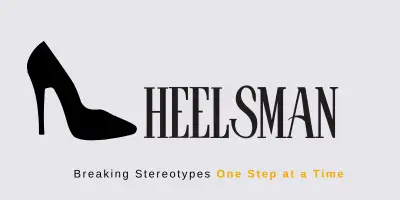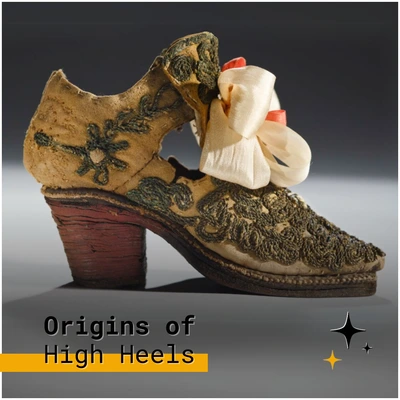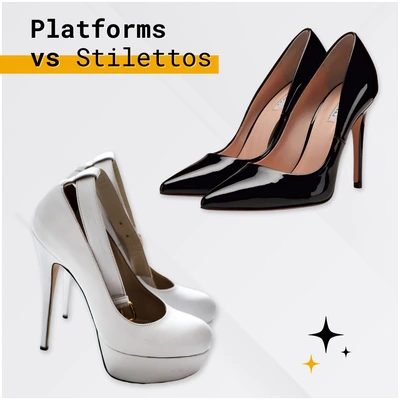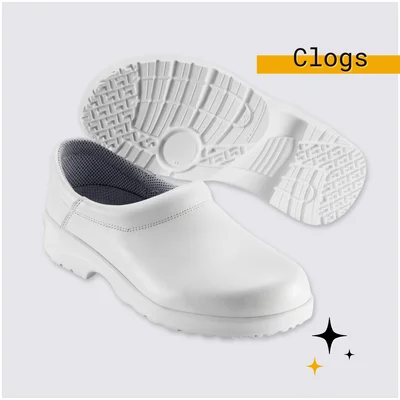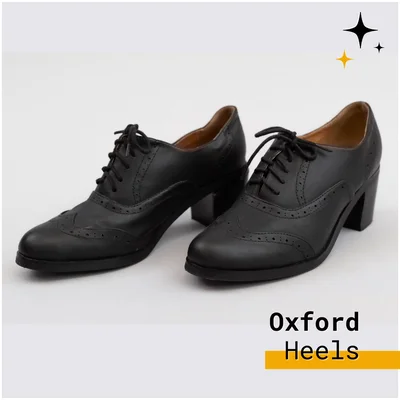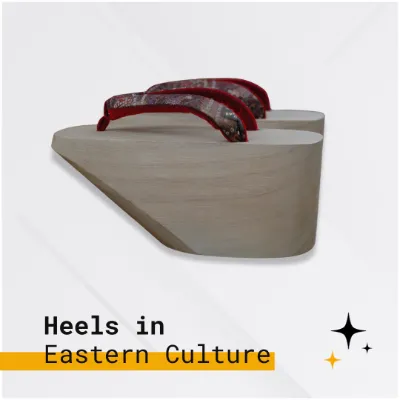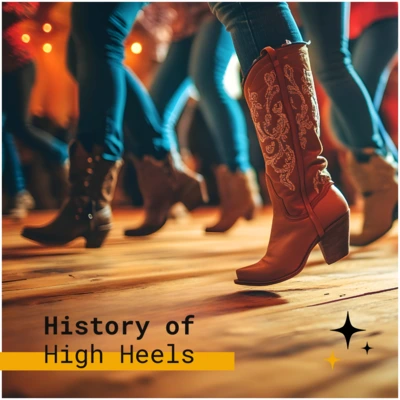Category: History of Heels
A Strut Through Time: The History of Heels
Ah, high heels—a love letter to defying gravity and embracing flair. These little wonders aren’t just shoes; they’re confidence boosters, conversation starters, and sometimes, balance tests. But where did these iconic fashion statements begin? Let’s step back (pun intended) into the fascinating history of high heels.
Heels Were for Men? Say What?!
Believe it or not, high heels started as a men-only affair. In 10th-century Persia, horseback riders wore heeled footwear to secure their stance in stirrups. Who’d have thought the original heels were practical? This trend galloped across Europe, landing in aristocratic closets. Kings, soldiers, and upper-class men adopted heels as a sign of power and masculinity.
By the 17th century, heels were no longer just for the battlefield—they were for the ballroom. Louis XIV of France rocked his iconic red-heeled shoes, flaunting his status. The phrase “walking tall” suddenly had literal meaning.
The Glory of Men’s Heels in the 18th Century
The 18th century men heels marked the golden age of gender-defying fashion. Men’s shoes featured elaborate embroidery, bright colors, and towering designs. These weren’t just shoes—they were statements. If you wanted to show you were part of the elite, a heel was essential.
However, by the late 1700s, the tides shifted. The Enlightenment, with its emphasis on practicality and reason, labeled heels “impractical.” Men began opting for flat shoes, leaving women to carry the torch of high-heeled fashion. From then on, heels became increasingly associated with femininity.
Feminine Heels: From Function to Fashion
Originally a tool for stability, heels transitioned into symbols of beauty and sensuality. By the 19th century, feminine heels were smaller, narrower, and designed to accentuate a woman’s silhouette. The Victorian era embraced this evolution, with heels adding elegance to long, flowing gowns.
Fast forward to the 20th century, and heels became bolder, higher, and more adventurous. Iconic styles like stilettos emerged in the 1950s, redefining femininity. Stars like Marilyn Monroe and Audrey Hepburn turned heels into red-carpet essentials.
Why I Strut in Heels—Small or Sky-High
Now, as your friendly neighborhood Heelsman, I see heels as more than just fashion. Whether it’s a subtle block heel or a skyscraper stiletto, wearing them challenges norms and keeps history alive. Each pair is a nod to the heels history that shaped our culture.
I’ll be diving into specific decades and styles in future posts. Ever wondered about disco platforms or Victorian lace-ups? Stay tuned, my fellow heel enthusiasts, because this is just the beginning of our fashionable journey through time.
